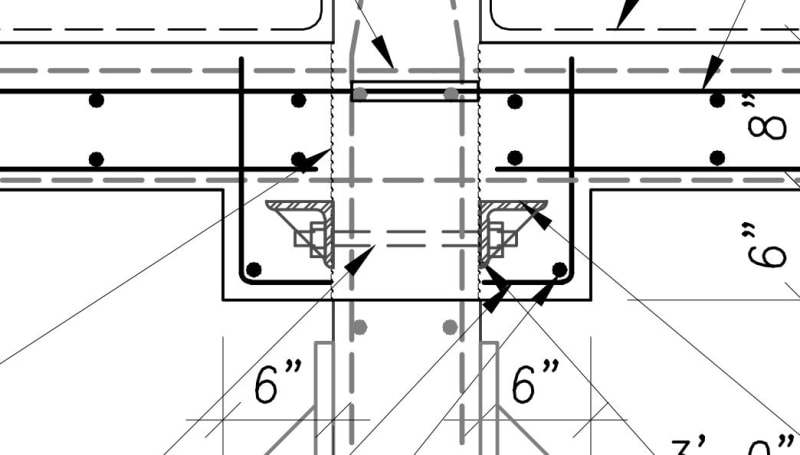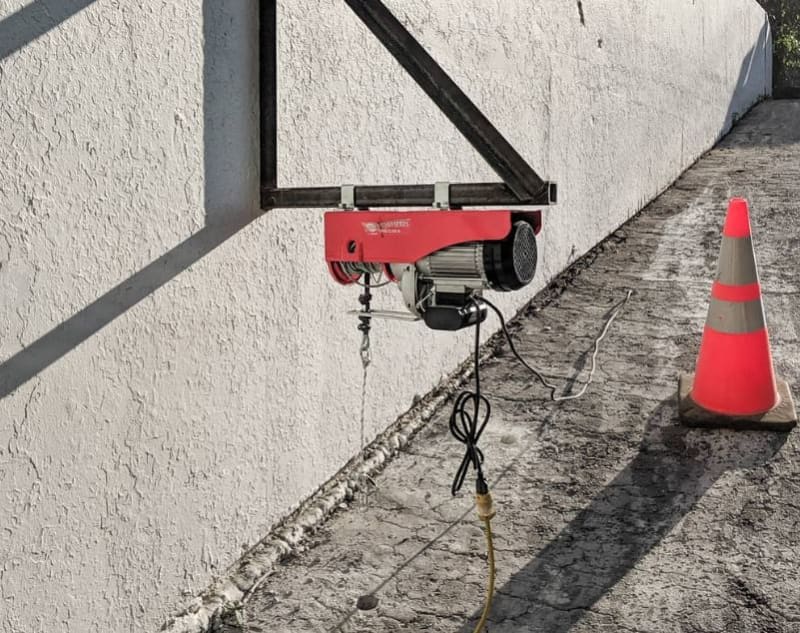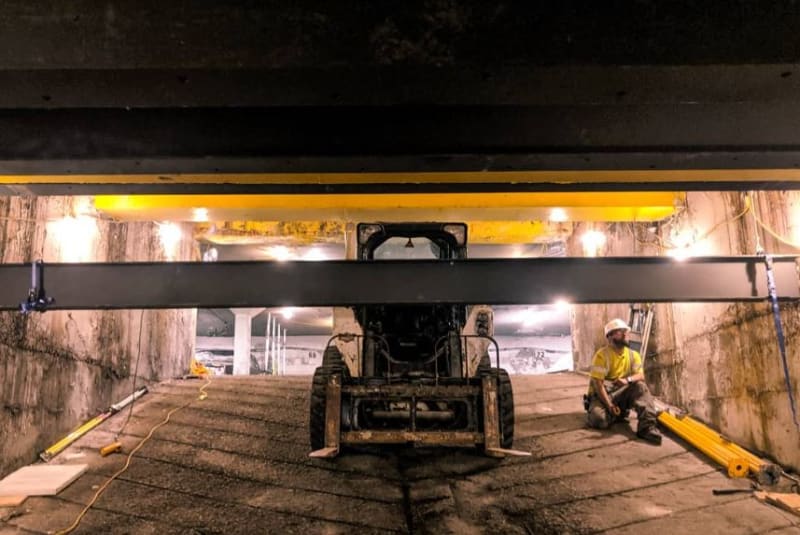Hey everyone,
I hope you're doing well. I'm facing a challenging structural issue in Florida following the damage caused by Hurricane Ian's surge last year. I'd love to hear your opinions and insights on how to approach this problem. Please note that this is more of a discussion thread, and I'm not looking for official help but rather the benefit of your diverse perspectives.
The Problem:
We need to replace 4" precast prestressed concrete slabs that sit on a concrete frame with infill CMU walls. Unfortunately, we don't have access to any legacy structural details or drawings for this particular structure.
Key Details:
The damaged slabs are 4" precast prestressed concrete.
These slabs are supported by concrete beams.
The CMU walls continue vertically on top of the slabs.
Legacy structural documentation is not available.
My Questions:
1- Given the absence of legacy structural details, how would you approach the design and engineering aspects of replacing the damaged slabs?
2- How would you go about removing the portion of the slab that support the CMU? would you leave it in place?
3- would you go with precast slabs for the replacement (for the balconies)? if so, I guess we will need new corbels to support the slabs? how would you design the corbels with the absence of structural details, reinforcement, grout, etc...
4- for the ground floor slabs, there will be no chance of accessing inside the building with a crane to erect precast slabs, I think a composite concrete slab with W beams is fairly simple to design and install there. would you provide a steel angle at slab edges"?
5- What do you think would be a potential challenges or pitfalls I should be aware of and plan for?
Feel free to share your thoughts, experiences, or any resources you think might be helpful. Thanks in advance for your input!
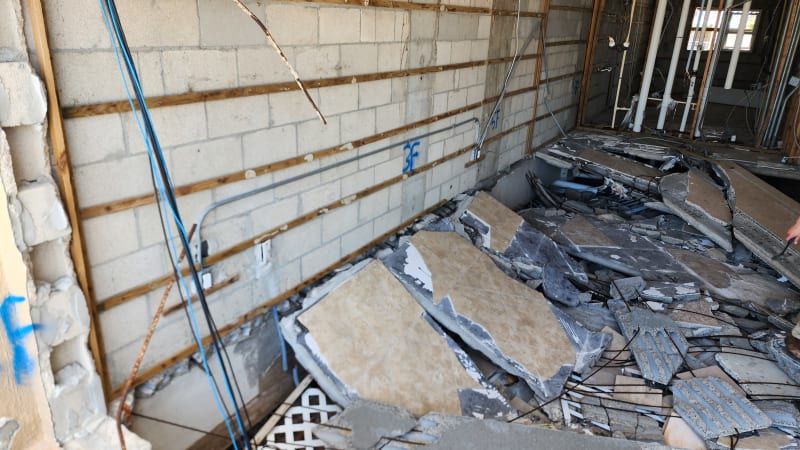
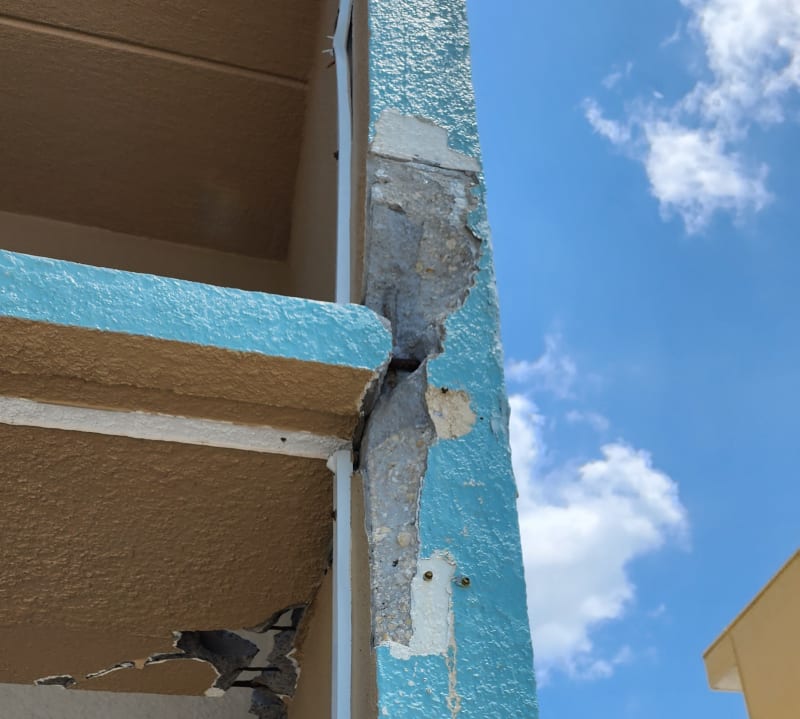
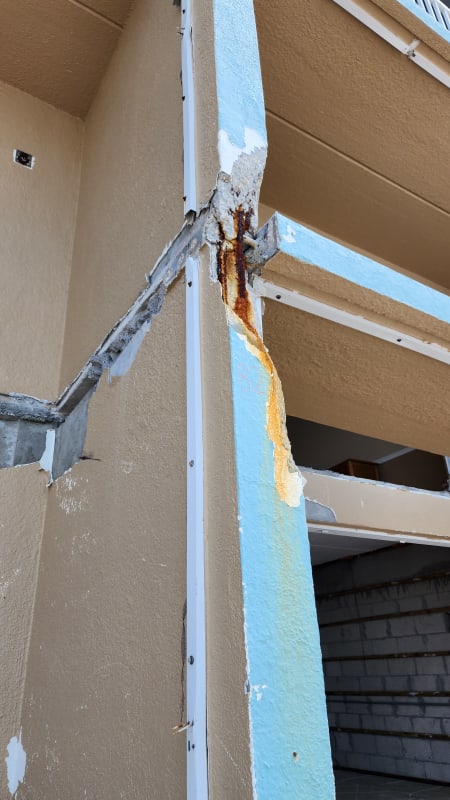
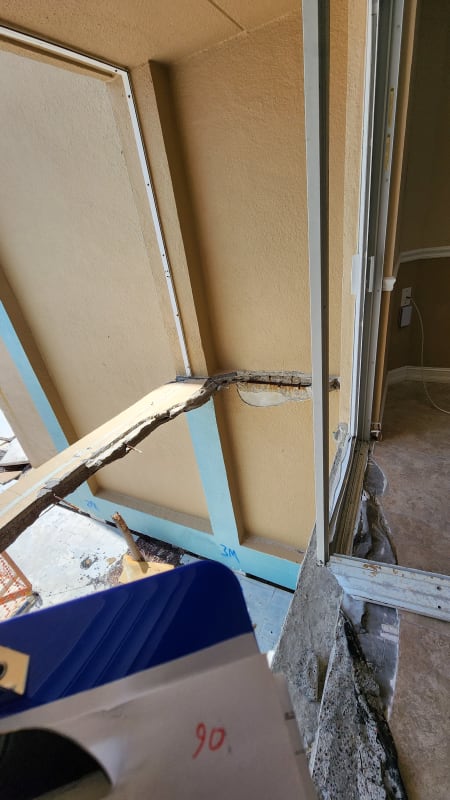
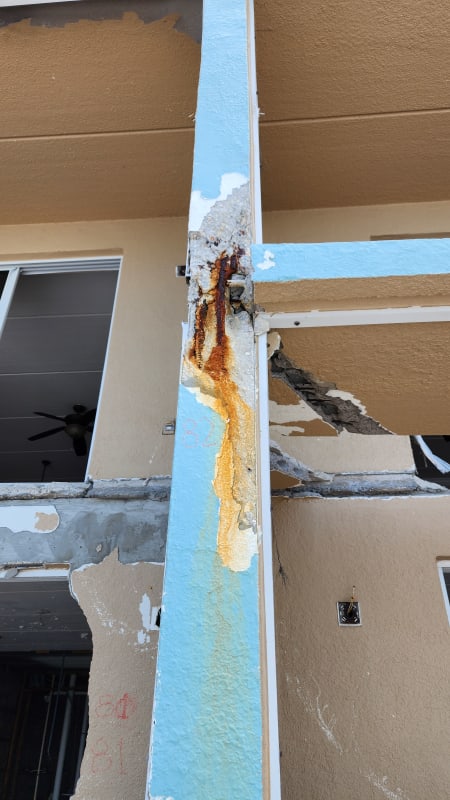
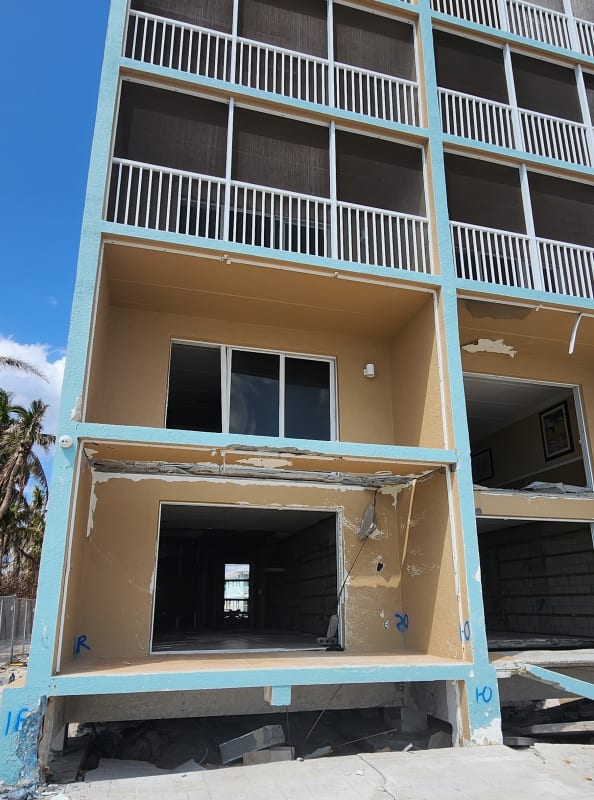
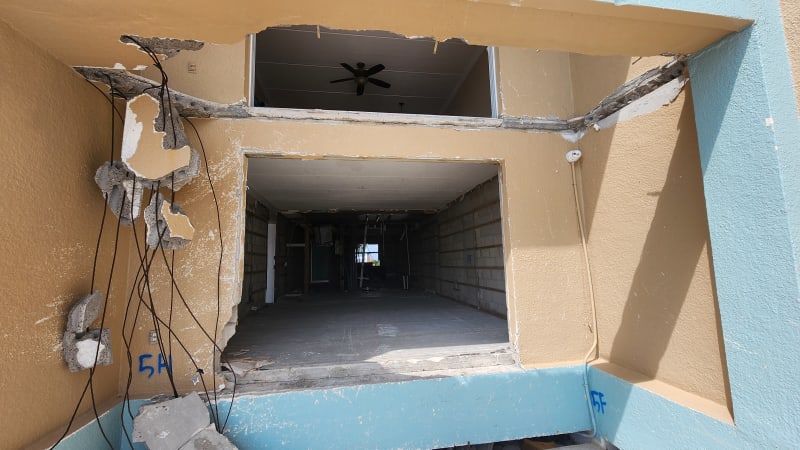
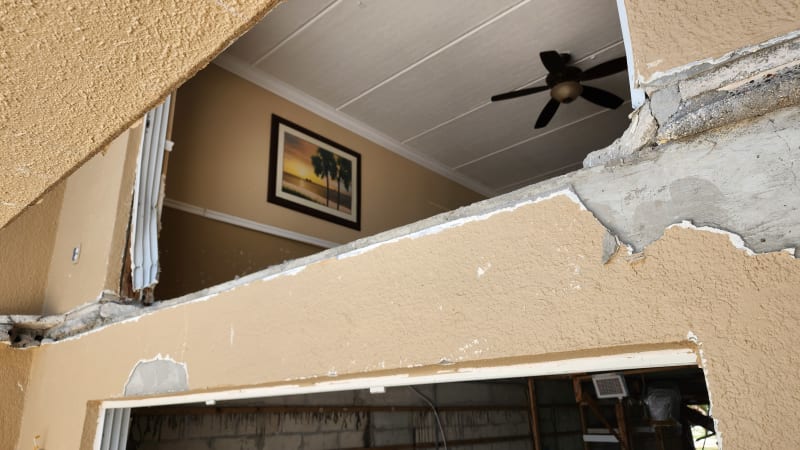
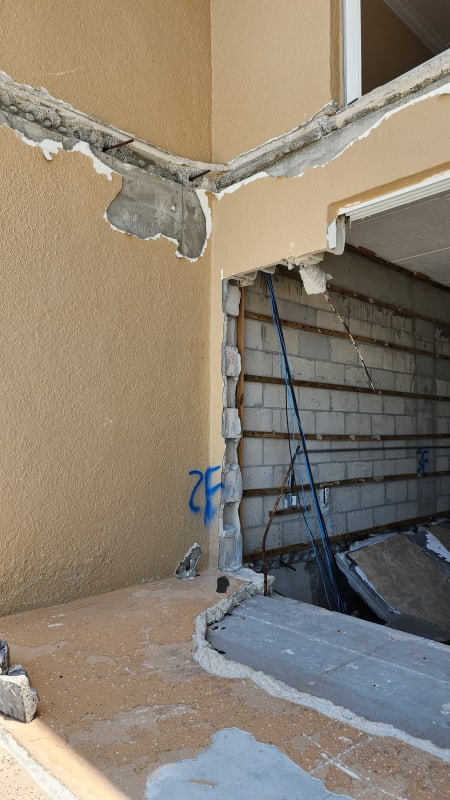
MSc in Structural Engineering, PE,SE,PMP®

